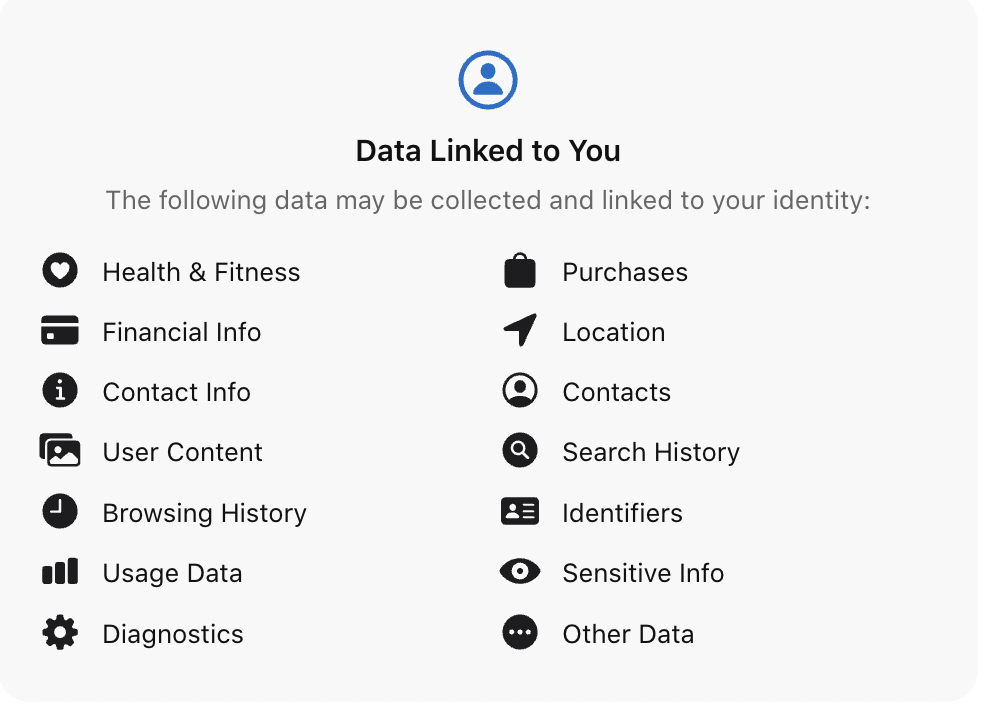Here’s Everything You Need to Know About Instagram’s Twitter Alternative, Threads (For Now)
The brightest minds in marketing and tech converge at NexTech, Nov. 14–15 in NYC. Get your pass for the latest on generative AI, gaming and more.
Meta’s new Twitter clone app—Threads—is expected to launch on July 6, according to Apple’s App Store.
The decentralized app was made available for pre-order, although not paid, on Monday on Apple’s App Store and Google Play. The web version is expected to go live around the same time.
According to Mark Zuckerberg’s Instagram teaser, anyone who types “Threads” on Instagram search receives a ticket indicating the app will be live by 10 a.m. ET.
Here’s what we know about the app so far.

According to a leaked screenshot and previews made available on the App Store and Google Play, Threads bears a striking resemblance to Twitter, featuring the ability to create content threads, restrict responses, and add images.
Meta’s Threads is set to release around the same time as Twitter limits the number of tweets people can view per day to deter third parties from scraping data off the platform. Elon Musk tweeted that unverified users could read 600 tweets and verified users 6,000 per day.
Searches for the term “delete Twitter account” saw a staggering surge of 292% in the U.S. and 131% worldwide on July 1, compared to the previous seven days, according to CasinoAlpha, an online comparison service.

Advertisers have been lukewarm about Threads given Meta’s history of data collection practices. Questions remain about Thread’s adoption and monetization. However, brands could find opportunities in real-time brand conversations and get hyperlocal with user interaction on Threads.
“Twitter is severely wounded and Meta’s Threads could deliver another major blow,” said Insider Intelligence principal analyst, Jasmine Enberg via email. “While it’s hard to imagine that the most avid Twitter users will deflect and go to Threads, many people are frustrated enough by the recent tweet rate limits implemented by Musk to give Threads a shot.”
Threads will be compatible with other apps like Mastodon and will be made available in the U.S. and the U.K.
How does the app work with Instagram?
Once on Threads, according to Lia Haberman, author of the social media newsletter ICYMI, creators and public figures can log in with a single sign-on with their Instagram username and password and sync up with their existing followers. The user’s handle, bio, and verification will migrate over from Instagram. Threads users will be able to search for, follow and interact with creators and public figures on the app.
Users can post text updates up to 500 characters and can attach links, photos and videos up to five minutes long. They can interact via likes, replies and reposts.
Built on the back of Instagram, Threads will operate based on Instagram’s existing guidelines. Blocked accounts and users will carry over on Threads.
Who is using it?
Meta is actively courting creators and celebrities to the platform, sources previously told Adweek. According to leaked tweets by Alessandro Paluzzi, current Threads testers included Vogue editor Gabriella Karefa-Johnson and creators like Shabaz Says alongside official accounts for streaming services like Netflix.
“Meta only needs roughly one-in-four Instagram users to use Threads monthly to make it as big as Twitter,” said Enberg. “If the company can attract even a handful of top Instagram creators from its wide user base, audiences will follow.”
What about data and privacy, especially in Europe?
According to the App Store listing, Threads will import all the data from Instagram, including behavioral and advertising information, such as health and fitness data, financial information, browsing history and sensitive information.
Posting a screenshot of Thread’s privacy policy, Twitter’s former CEO, Jack Dorsey, referred to Meta’s massive data collection practice saying “All your Threads belong to us.”

But, the data transfer from Instagram to Threads has limited the company’s release in the EU, according to Bloomberg, as Meta awaits guidance on the Digital Markets Act, a regulation designed to rein the monopoly of the gatekeepers of the digital economy. This will indicate how data sharing between Instagram and Threads will be regulated.
A spokesperson for Ireland’s Data Protection Commission (DPC) told the Independent that the regulator had received information about the new app and that it would not be rolled out in the EU “at this point.”
What are the opportunities for marketers?
While the question of how Threads will make money still remains, Enberg pointed out that ads are Meta’s bread and butter, making them an obvious choice. Subscriptions and paywalled content could be another revenue stream fit for the creator-focused app.
Allowing Instagram users to port their profile to Threads makes it easy for the new app to gain more traction, according to Matt Navarra, a social media consultant. This could be a selling point for advertisers and people who have fled Twitter.
“You can build up an audience fairly quickly,” he said.
Being built on the back of Instagram means Threads’ content moderation and copyright protection are already built in—something Twitter seems to grapple with.
“This signals to me a great opportunity for marketers at a fairly low risk,” said Navarra.
Threads could spur brands to have more hyperlocal conversations, fostering communities around individual stores or locations in a way Instagram or Twitter hasn’t, said Damian Rollison, director of market insights at SOCi.
For example, Starbucks which has its main page on Instagram, could have a real-time capability to launch different pages on Threads that could support different stores and have conversations relating to that specific location.
“The launch of Threads has already sparked privacy concerns, and that could have implications both for Threads’ rollout to consumers and its monetization strategy,” Enberg said.
https://www.adweek.com/media/everything-to-know-about-twitter-alternative-threads/
